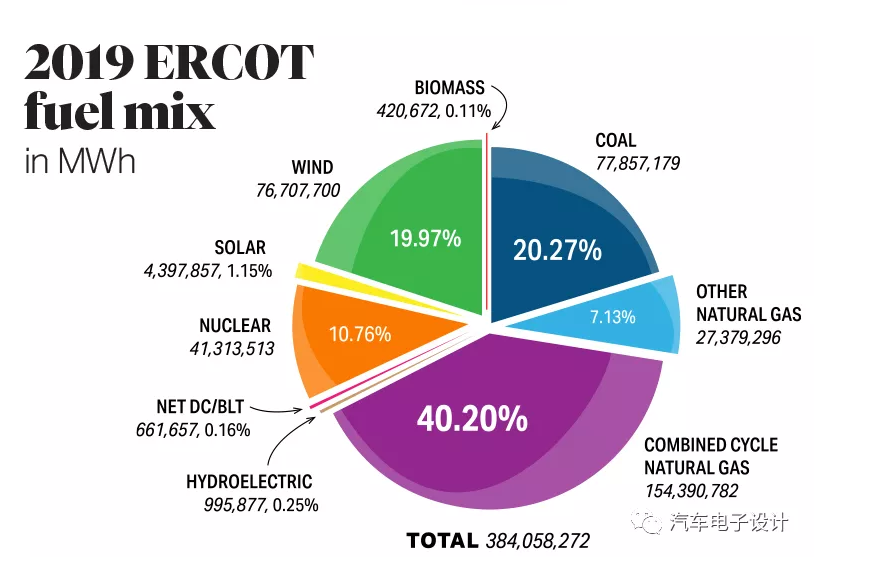Introduction
From the winter storm in February 2021, to Texas (the next Tesla super factory), which is usually warm all year round and hot in summer, but in the past 48 hours, an extreme cold of -17.78°C has appeared under the strong attack of the cold wave. Four million residents centered in Texas have encountered serious power outages. On the one hand, under the double attack of low temperature and ice storms, wind turbines without cold protection equipment were unable to operate normally due to large-scale “freezing”; on the other hand, as a result of freezing, the gas-fired power generation system stopped one after another, the pressure gas supply and diesel engine supply system also suffered from low-temperature shutdown, which paralyzed the thermal power plants.
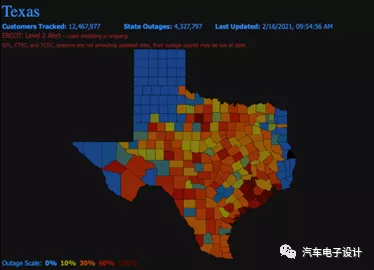
Efforts in Decarbonized New Energy
Different from the path taken by California, Texas is the chemical base of the United States. According to data from the Texas power grid (ERCOT), under the efforts of recent years, Texas has been reducing coal-fired power and developing decarbonized wind power generation, which accounted for 23.4% of the power generation in 2019.
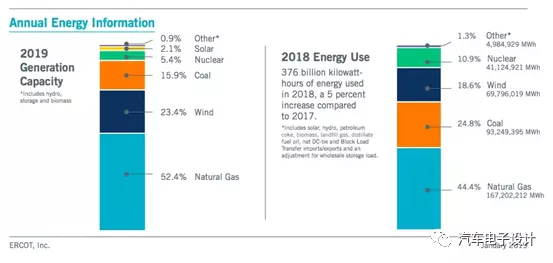
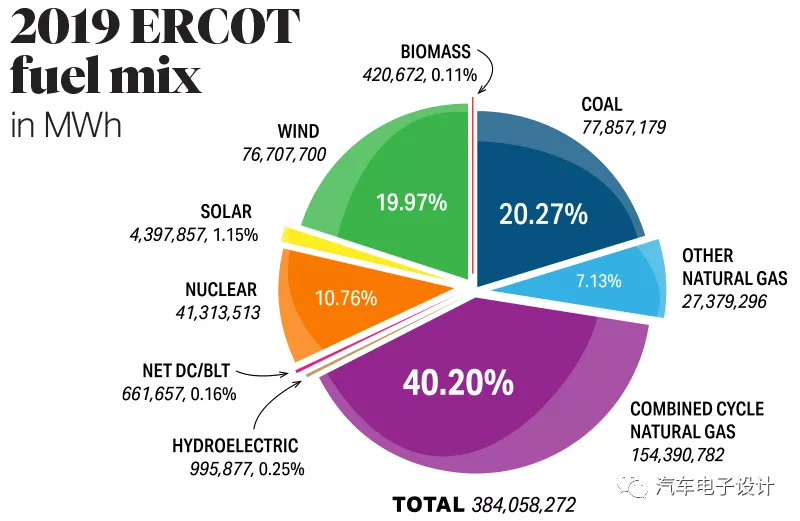
Data from 2019 shows that natural gas accounted for 52.4% of the power generation in 2019, wind power accounted for 23.4%, and coal accounted for 15.9%. The total power generation of decarbonized sources reached 31.8%. Purely looking at wind power, the amount of wind power generation in Texas was 8.44 trillion kilowatt-hours (GWh) in 2019, an increase of 11% from 7.57 trillion kilowatt-hours in 2018. The wind power capacity increased by nearly 17% in 2019, from 24.1 GW in 2018 to 28.1 GW in 2019.

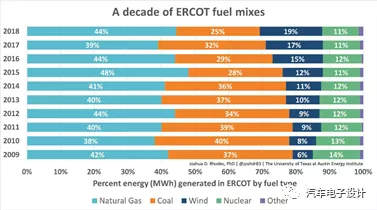 Actually, the issue is not about wind energy, as the power grid had already considered the possible reduction caused by wind energy. In Texas, with a wind energy capacity of 29 GW, ERCOT assumes the wind power contribute a capacity of only 6 GW in winter, while the actual wind power generated on the 15th is about 4-5 GW. ERCOT assumes that 67 GW of traditional power feeds the grid with up to 40% of thermal power plants (natural gas and nuclear power) experiencing failures.
Actually, the issue is not about wind energy, as the power grid had already considered the possible reduction caused by wind energy. In Texas, with a wind energy capacity of 29 GW, ERCOT assumes the wind power contribute a capacity of only 6 GW in winter, while the actual wind power generated on the 15th is about 4-5 GW. ERCOT assumes that 67 GW of traditional power feeds the grid with up to 40% of thermal power plants (natural gas and nuclear power) experiencing failures.
Note: Nuclear power faced a peculiar water supply failure due to the freezing of the water system, which seems strange.
Dependency between Power Grids and Electric Vehicles
With Tesla’s move into Texas, we can see that Texas has been pursuing a decarbonized power path that includes electric pickups, electric vehicles, solar and storage systems. This independent home energy system is worth considering for its ability to work in extreme cold conditions while disconnected from the grid. In fact, in extreme pricing conditions, the cost per Tesla charge can reach up to $900, as the li-ion batteries may underperform in low temperatures.
As I write this, the wind-dependent Texas grid is experiencing rolling blackouts, prices the equivalent of $900 per Tesla charge, and an expected supply shortage of 10 GW–the amount of electricity needed to power 5 million homes or 8 time-traveling DeLoreans.
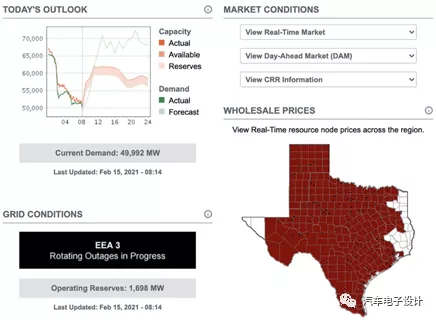
This incident in Texas should serve as a reminder to Europe’s power and infrastructure sectors. Major European countries such as Germany, France, and the UK are constantly increasing the proportion of electric vehicles. The weather in Europe is generally low, and the use of vehicles is under high-speed conditions. The impact of cold waves is also a consideration for extreme conditions in the future.
Conclusion
In China, there is a robust power grid that supports the transmission of electricity nationwide. However, on the distribution side, I believe that within two years, many underground car parks and parking networks in cities with buying restrictions will face capacity expansion problems. With power loads ranging from 3.3 kW-10 kW to even 20 kW for small direct current power vehicles, the capacity of existing community reserves will quickly be exhausted.Most new residential areas are relatively better off due to a certain proportion of charging pile construction. In the long run, with the increasing emphasis on decarbonization, the demand for domestic wind power, solar energy and energy storage continues to increase, which is the core cornerstone of developing electric vehicles, and speed is of great essence. Especially since there may be frequent cold waves in the future, the battery performance is generally affected during this time.
This article is a translation by ChatGPT of a Chinese report from 42HOW. If you have any questions about it, please email bd@42how.com.
